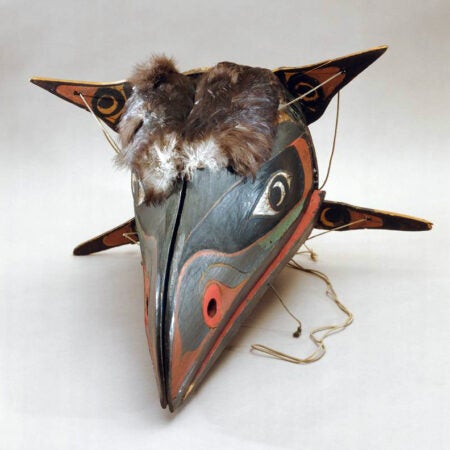
I continue to be amazed by the possibilities for teaching the new Advanced Placement® Art History Curriculum with Artstor. As we gather images to place in our growing AP® Art History Teaching Resources and draft the accompanying essays and links, I sometimes pause to marvel at how the curriculum interconnects. Those key works of art and architecture required for AP® Art History tell a powerful story. Along with the Digital Library’s 1.8 million images, I am seeing how having a deep reservoir of images really helps makes the large task of preparing to teach this new curriculum manageable and fun.
The works fit together across cultures through a variety of thematic approaches. For example, there are several types of centrally planned sacred spaces in the curriculum, from Stonehenge to San Vitale, and from the Great Stupa at Sanchi to the Dome of the Rock. In addition to Artstor Image Groups that put each work into its own cultural context, each time we create a resource for teachers on one of these structures we include a group of the others for easy cross-curricular references in the classroom. Besides the convenience of accessing this thematic group along with the group of contextual images, many of these have QTVR images that allow the viewer a 360-degree panorama of the interior, making understanding these great buildings even easier for students.
The Transformation Masks of the Kwakwaka’wakw offers an opportunity to remind students of several of the other masks and masking traditions of indigenous cultures worldwide. But we have not forgotten the importance of context here as well; we also created a group that lets students and teachers explore the other art objects made by Northwest Coast First Nations.
Other connections can be made through media, like the ivory Pyxis of al-Mughira from the Umayyad dynasty, objects of elaborate featherwork such as the Aztec (Mexica) ruler’s feather headdress (probably of Motecuhzoma II), or the many objects in the curriculum that contain gold. For those especially golden objects, like the Reliquary of Sainte-Foy, in addition to Image Groups that place them within their own culture we have crafted a special Image Group called Why Gold? Byzantine and Beyond
And then there is the fun of the standard connections those of us who have been teaching the survey for years often make with students, like the many manifestations of Venus from Ancient Greece through the 19th century and beyond. To make our resources truly useful to teachers we always include other work by the artist and other work of the period, but I must admit that my favorite part of the job is making all the connections so that students (and teachers) can have that moment of recognition in which one work of art fits into the bigger picture of the varied global art historical traditions.
Each week, we add more to our AP® Art History Teaching Resource, so check Global Folders often and start to make your own connections across the curriculum.
Go to Organize > Open Image Group. From the Browse Groups window, go to Global Folders > AP Art History, where you will find the resources organized by the key works in the curriculum framework. Once in an image group, you can navigate to other groups by clicking on the Browse groups tab on the left panel.



